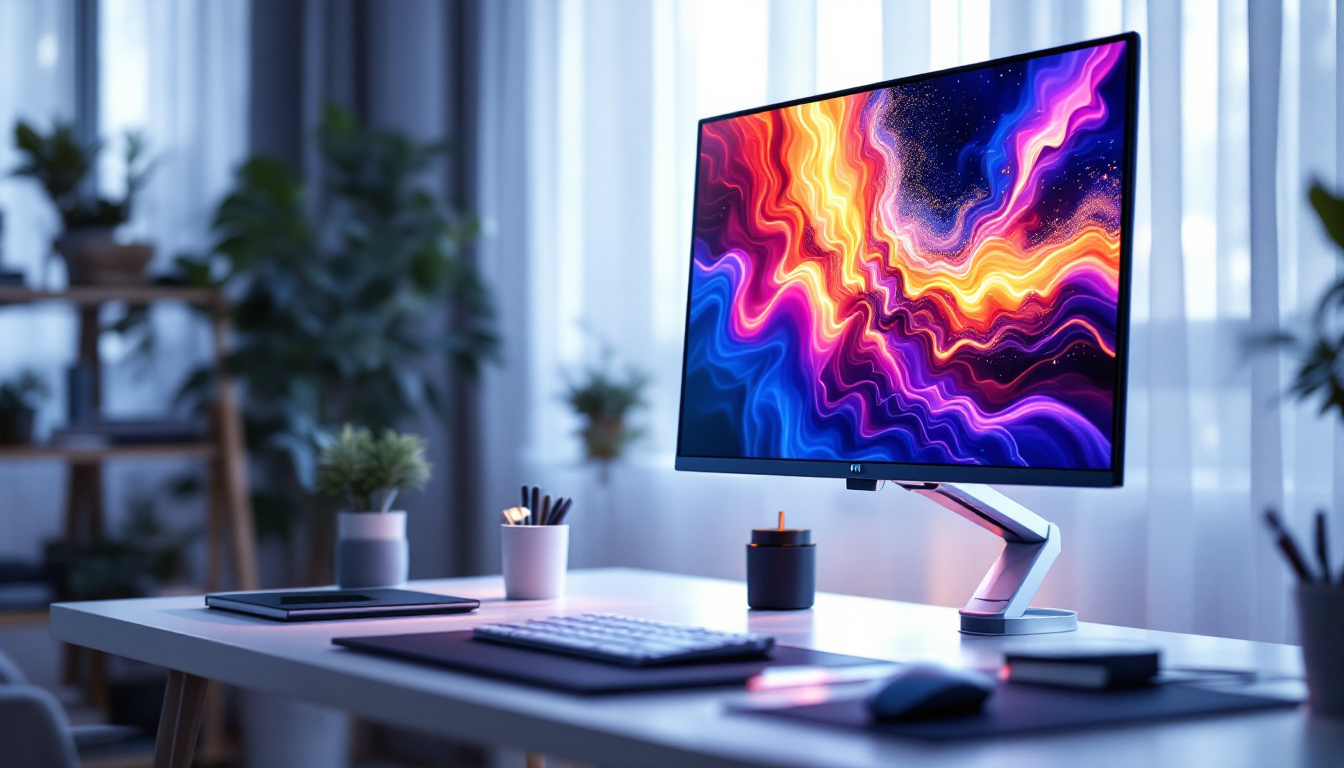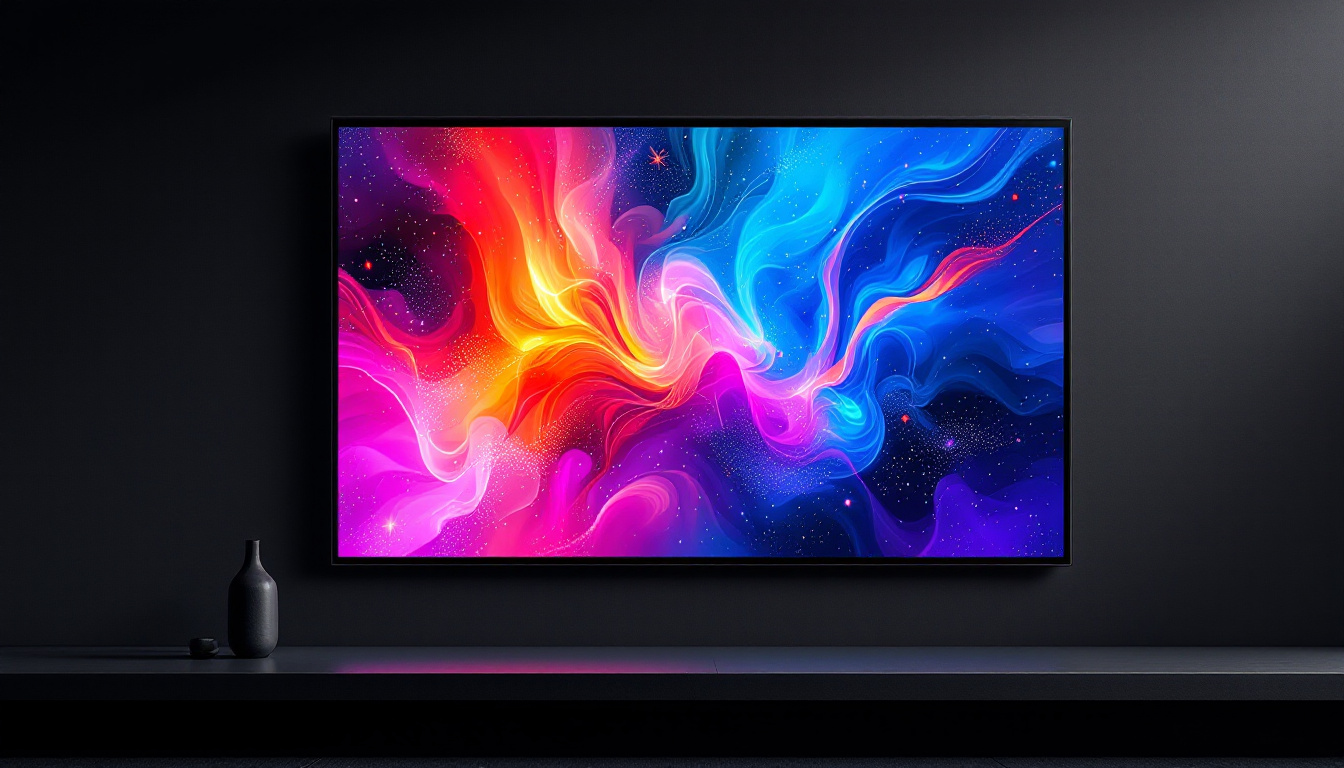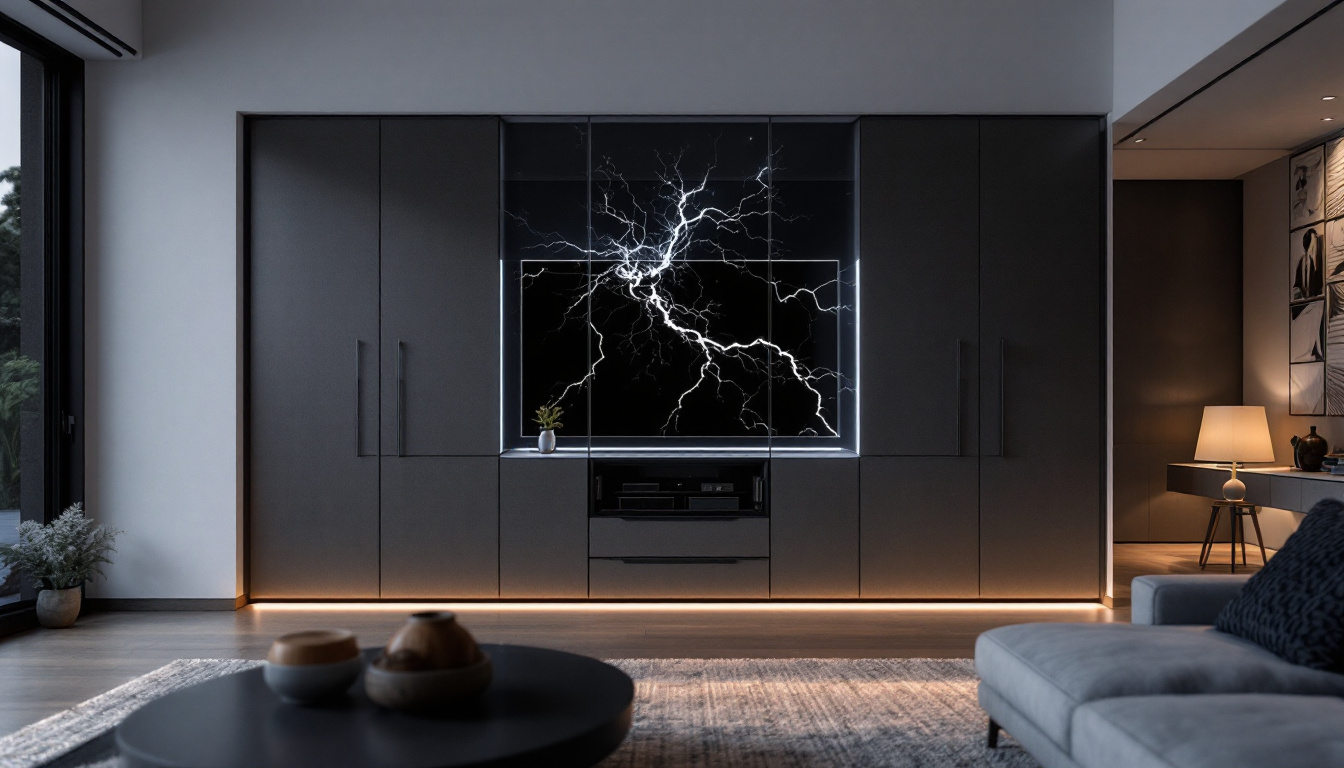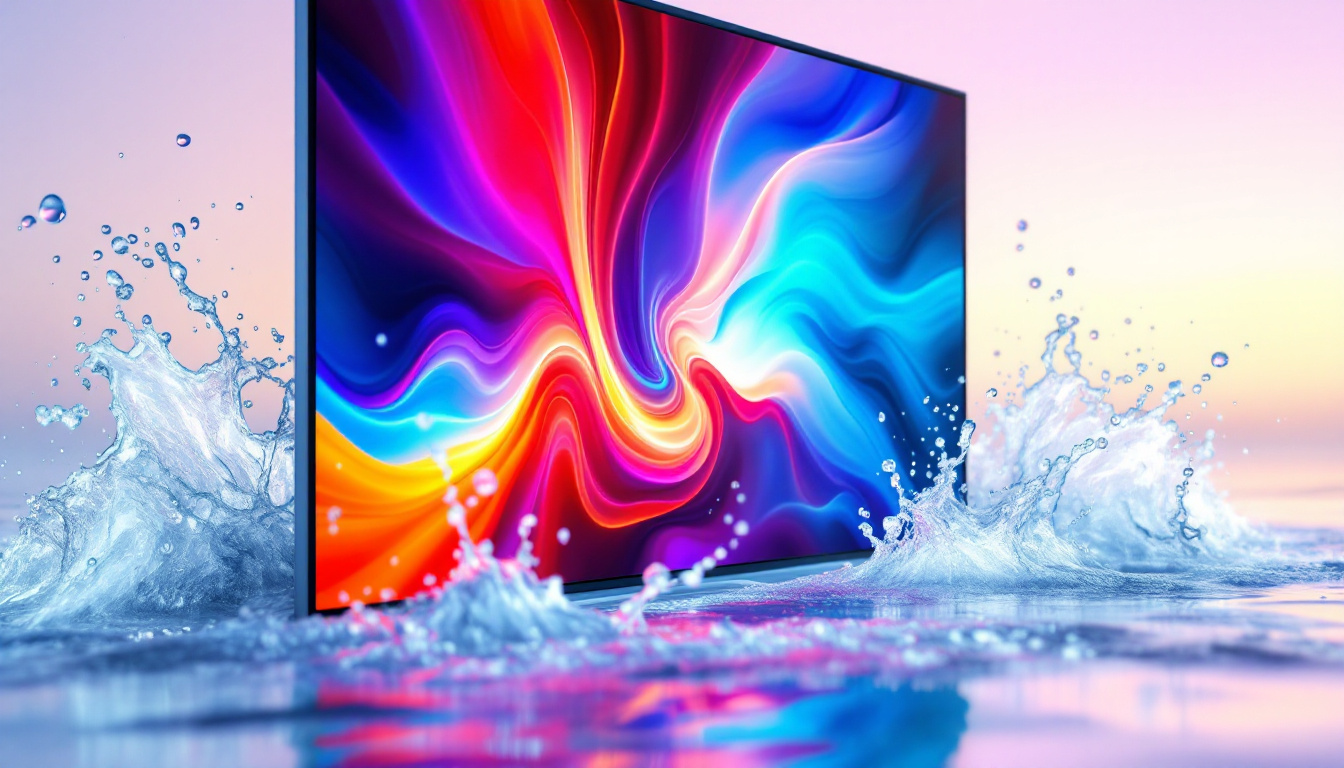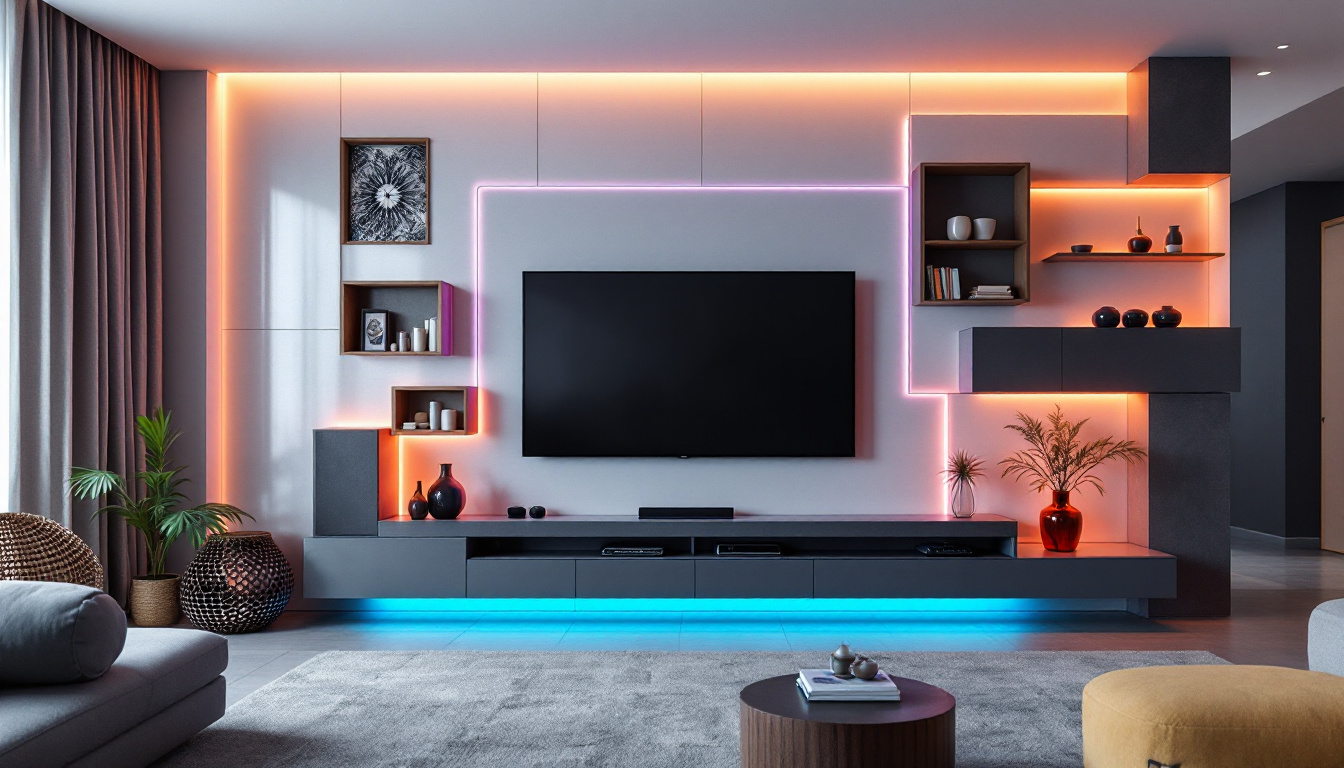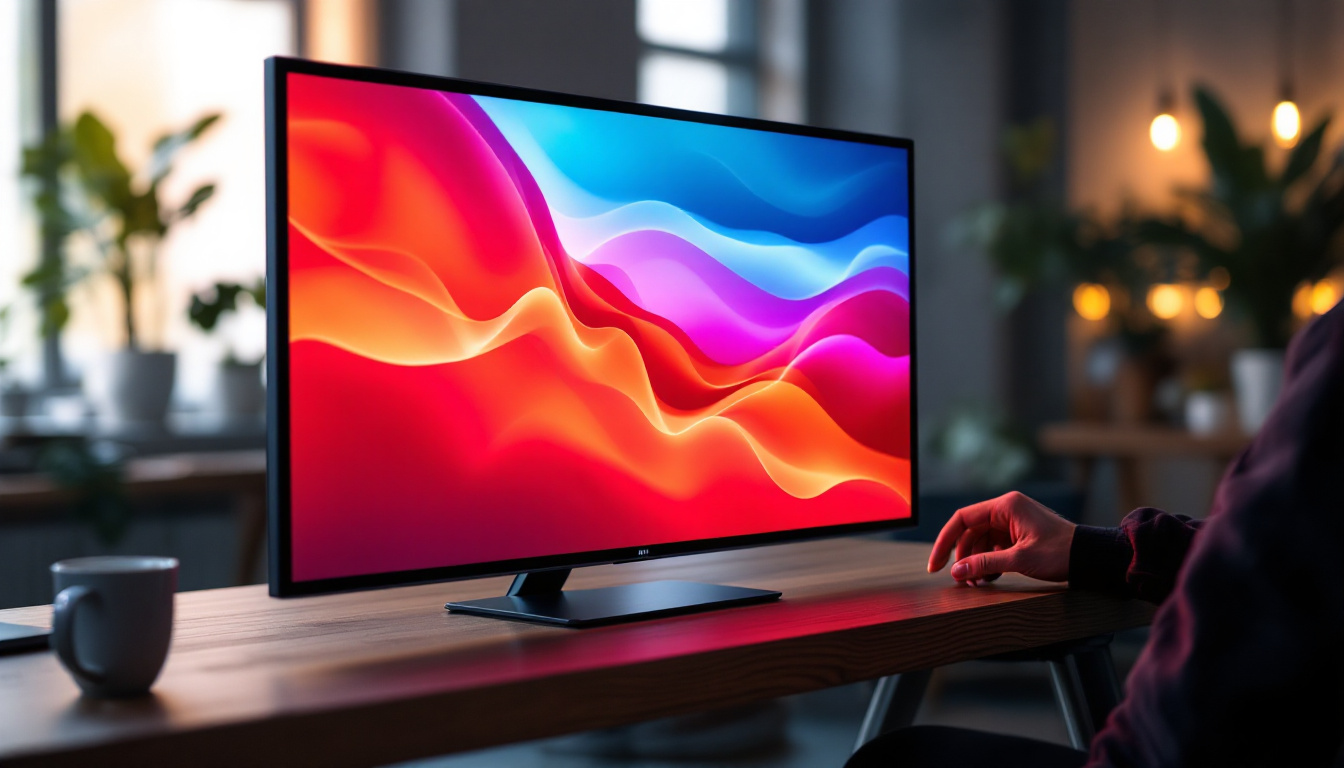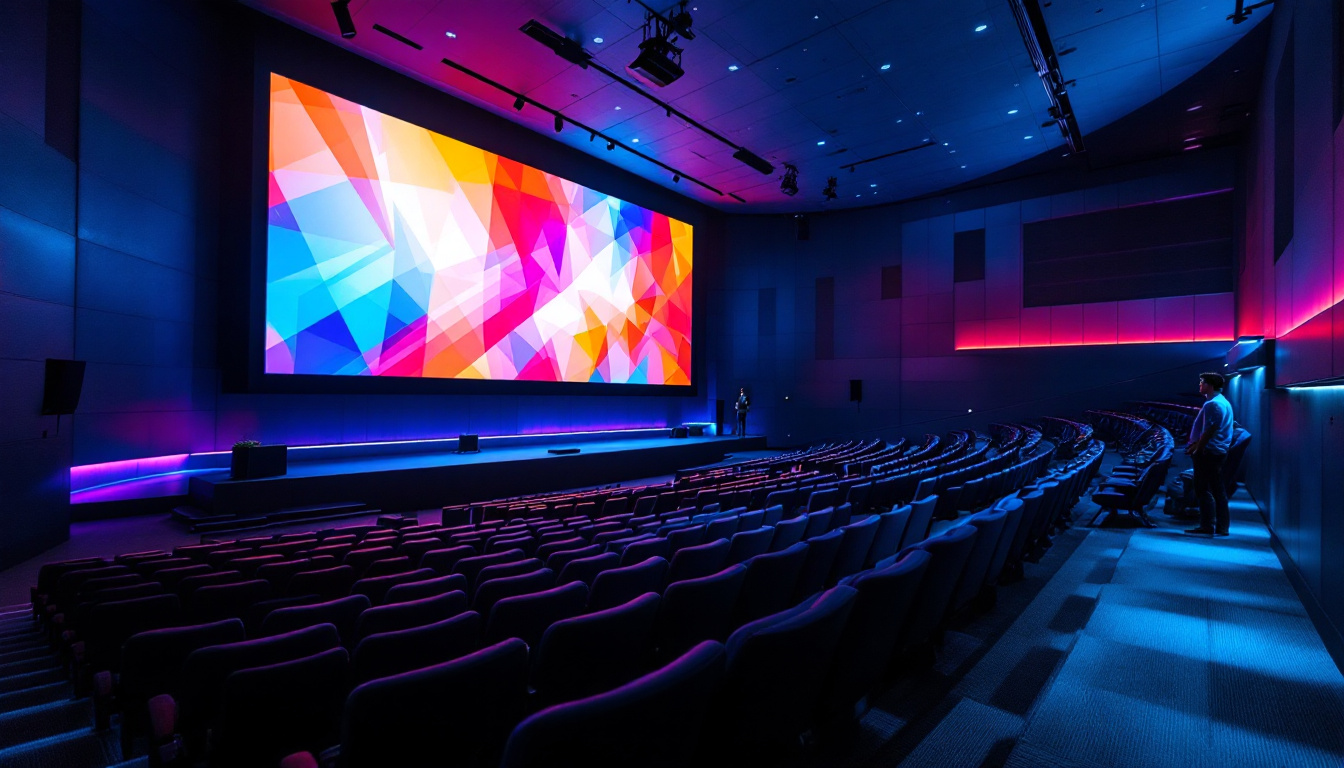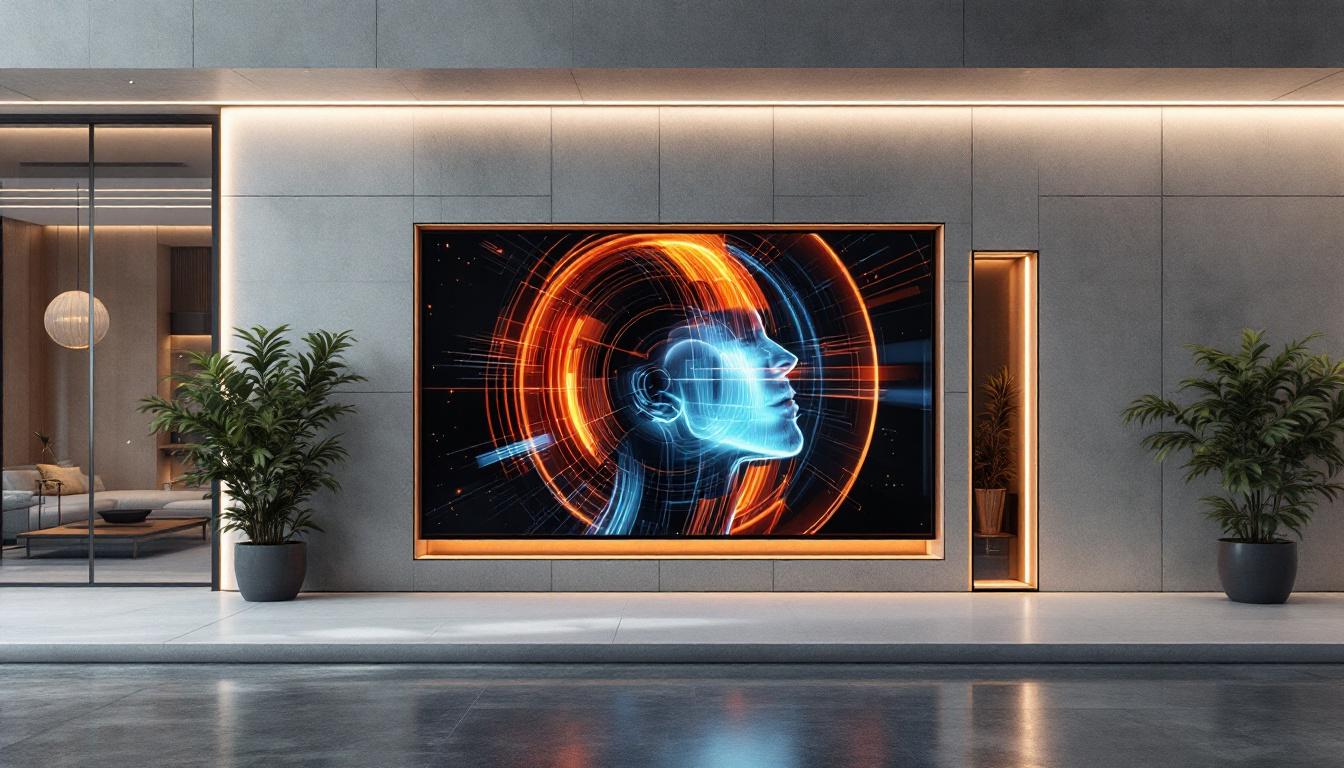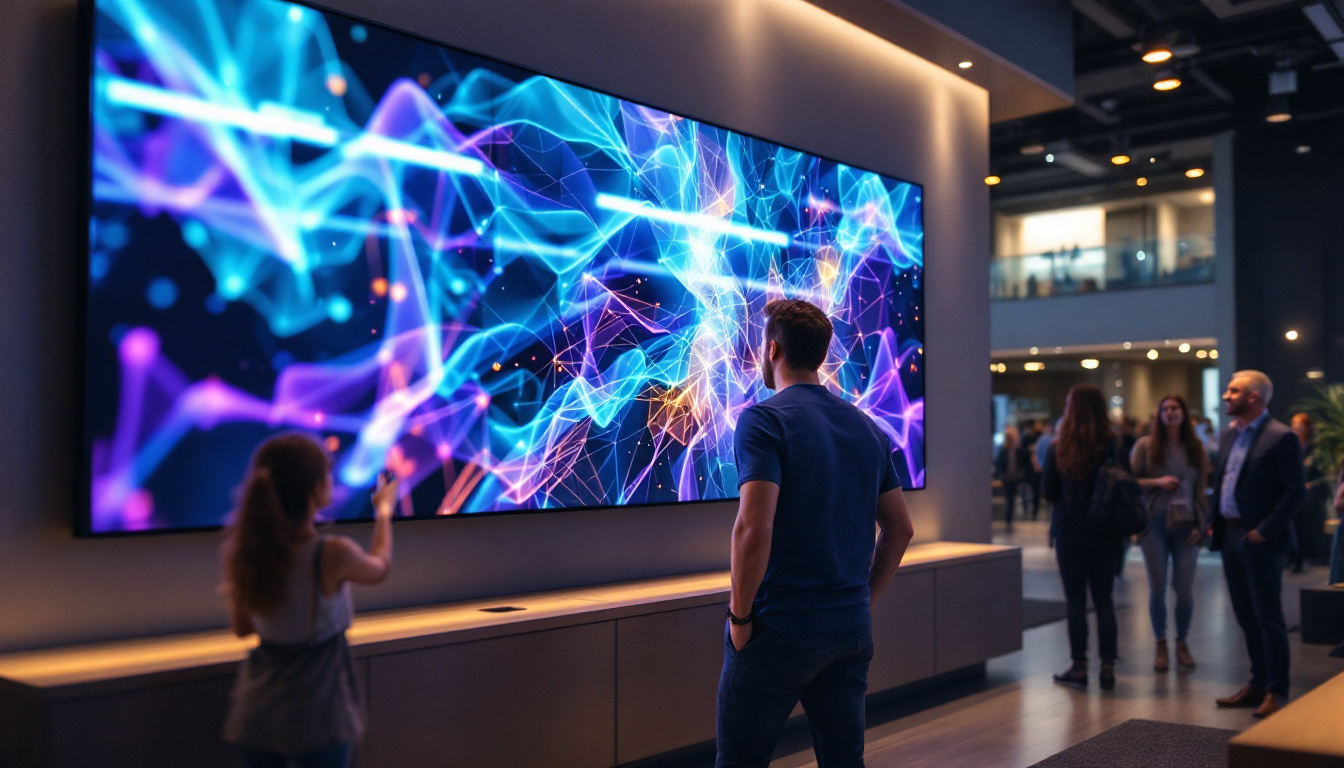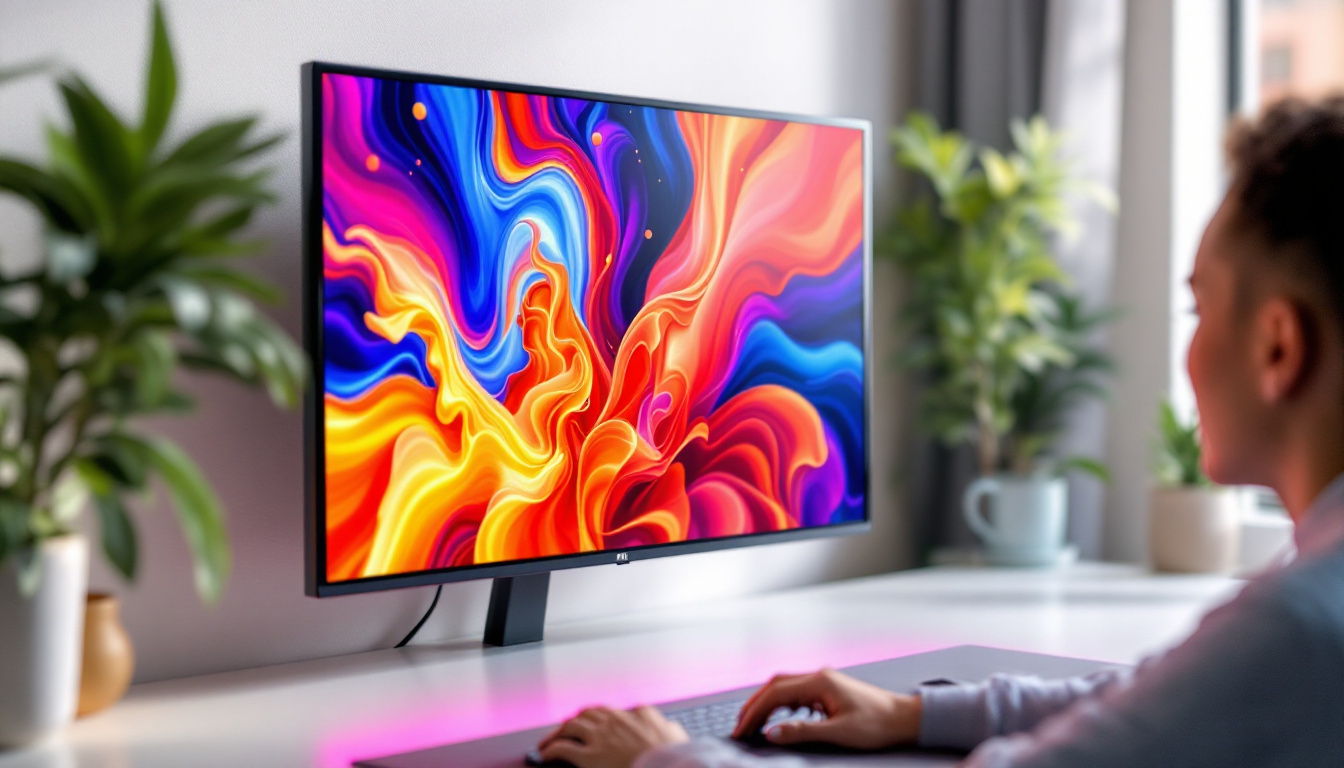In today’s fast-paced digital world, the importance of ergonomic setups cannot be overstated. A monitor stand with an arm offers a versatile solution for enhancing workspace organization and comfort, particularly when paired with LED displays. This article delves into the intricacies of monitor stands with arms, their benefits, and how they can optimize the use of LED displays in various environments.
Understanding Monitor Stands with Arms
Monitor stands with arms are designed to elevate and adjust the position of computer monitors, allowing users to customize their viewing angles and heights. This flexibility is particularly beneficial in reducing neck and eye strain, which can result from prolonged use of computers. The ergonomic design of these stands not only enhances comfort but also encourages a more productive work environment by minimizing distractions caused by discomfort.
Types of Monitor Arms
There are several types of monitor arms available on the market, each catering to different needs and preferences. Fixed monitor arms are the simplest, providing a set height and angle. In contrast, adjustable arms allow users to reposition their monitors easily, accommodating various tasks and preferences. Some models even feature multiple pivot points, enabling users to switch between portrait and landscape orientations effortlessly, which is particularly useful for graphic designers and developers who work with different types of content.
Some monitor arms even come with gas spring technology, enabling smooth height adjustments with minimal effort. This feature is particularly valuable for shared workspaces, where multiple users may require different setups throughout the day. Additionally, many modern monitor arms are designed with cable management systems, helping to keep cords organized and out of sight, which not only improves aesthetics but also reduces the risk of tangling and damage.
Benefits of Using a Monitor Stand with Arm
Utilizing a monitor stand with an arm can significantly enhance productivity and comfort. One of the primary benefits is the increased desk space. By elevating the monitor off the desk, users can free up valuable real estate for other essential items, such as notebooks, keyboards, or even personal items. This decluttering effect can lead to a more organized workspace, which is known to boost focus and efficiency.
Moreover, these stands promote better posture. By allowing users to position their monitors at eye level, they can maintain a more natural and comfortable sitting position, reducing the risk of musculoskeletal issues over time. Furthermore, many monitor arms offer a wide range of motion, allowing users to tilt, swivel, and rotate their screens. This adaptability not only accommodates different viewing preferences but also facilitates collaboration in team settings, where multiple individuals may need to view the same screen from various angles. As a result, investing in a quality monitor stand with an arm can lead to a healthier, more dynamic workspace that supports both individual and team productivity.
LED Displays: A Perfect Match for Monitor Stands
LED displays have become the standard for modern computing, offering vibrant colors, sharp images, and energy efficiency. When paired with a monitor stand that has an arm, these displays can reach their full potential, providing an optimal viewing experience.
Advantages of LED Displays
LED displays are known for their superior brightness and contrast compared to traditional LCD screens. This quality makes them ideal for various tasks, from graphic design to gaming. The vivid colors and sharp details can enhance productivity and enjoyment, making the investment in a high-quality LED display worthwhile.
Additionally, LED technology is energy-efficient, often consuming less power than older display technologies. This efficiency not only reduces electricity bills but also contributes to a more sustainable workspace.
Combining LED Displays with Monitor Arms
When LED displays are mounted on adjustable monitor arms, users can easily change their viewing angles to reduce glare and improve visibility. This adaptability is particularly useful in environments with multiple light sources, such as offices with large windows or overhead lighting.
Furthermore, the combination of LED displays and monitor arms allows for multi-monitor setups. This configuration is increasingly popular among professionals who require extensive screen real estate for multitasking. With the ability to adjust each monitor’s position independently, users can create a customized workspace that suits their workflow perfectly.
Ergonomics and Health Considerations
One of the primary reasons for investing in a monitor stand with an arm is the ergonomic benefits it provides. Proper ergonomics are essential for maintaining health and well-being, particularly in a work environment where individuals spend long hours in front of screens.
Posture and Comfort
Good posture is crucial for preventing discomfort and long-term health issues. A monitor stand with an arm allows users to position their screens at eye level, which encourages a neutral spine position. This adjustment can help alleviate strain on the neck and shoulders, reducing the risk of developing chronic pain.
Moreover, the ability to tilt and swivel the monitor enhances comfort further. Users can adjust the screen to minimize glare and reflectivity, creating a more enjoyable viewing experience. This flexibility is particularly beneficial for tasks that require prolonged focus, such as coding or graphic design.
Reducing Eye Strain
Eye strain is a common issue faced by individuals who spend extended periods in front of screens. The use of LED displays can help mitigate this problem due to their superior brightness and contrast. However, proper positioning is equally important.
A monitor arm allows users to adjust the distance between their eyes and the screen, as well as the angle of the display. By ensuring that the monitor is at an appropriate distance and angle, users can significantly reduce the likelihood of experiencing eye fatigue and discomfort.
Choosing the Right Monitor Stand with Arm
With a plethora of options available, selecting the right monitor stand with an arm can be a daunting task. However, understanding key features and considerations can simplify the decision-making process.
Weight Capacity and Size Compatibility
Before purchasing a monitor arm, it is essential to check the weight capacity and size compatibility. Different arms are designed to support various monitor sizes and weights. Ensuring that the chosen arm can accommodate the specific LED display is crucial for safety and functionality.
Most manufacturers provide specifications regarding the maximum weight and screen size that their monitor arms can support. It is advisable to adhere to these guidelines to prevent damage to both the monitor and the stand.
Adjustability and Range of Motion
Another critical aspect to consider is the adjustability of the monitor arm. Look for models that offer a wide range of motion, including height adjustment, tilt, swivel, and rotation capabilities. This flexibility allows users to customize their setups according to their specific needs and preferences.
Additionally, consider the ease of adjustment. Some monitor arms feature gas spring mechanisms that enable smooth and effortless adjustments, while others may require manual adjustments that can be cumbersome.
Installation and Setup
Installing a monitor stand with an arm can vary in complexity depending on the model. However, most products come with detailed instructions to guide users through the setup process.
Mounting Options
Monitor arms can typically be mounted in one of two ways: desk clamp or grommet mount. Desk clamps attach to the edge of a desk, providing a secure hold without the need for drilling. Grommet mounts, on the other hand, require a hole to be drilled into the desk surface, offering a more permanent solution.
Choosing the right mounting option depends on personal preference and the specific desk setup. Desk clamps are ideal for those who may want to relocate their monitor arm in the future, while grommet mounts provide a more stable and permanent solution.
Tools Required for Installation
Most monitor stands come with the necessary tools for installation, but it is always a good idea to have a few common tools on hand. A screwdriver, for example, is often required for securing the arm to the monitor and desk. Additionally, having a level can help ensure that the monitor is installed straight and at the correct height.
Once the monitor arm is securely installed, attaching the LED display is typically a straightforward process. Most monitors come with VESA mounting holes, which are standard across many monitor arms, making the attachment process seamless.
Maintaining Your Monitor Stand and LED Display
Proper maintenance of both the monitor stand and the LED display is essential for ensuring longevity and optimal performance. Regular cleaning and adjustments can help maintain a tidy and functional workspace.
Cleaning Tips
To keep the LED display looking its best, it is important to clean it regularly. Use a microfiber cloth to gently wipe the screen, avoiding harsh chemicals that can damage the display. Additionally, dusting the monitor stand and arm can prevent buildup that may affect its functionality.
For the arm itself, ensure that all moving parts are free from debris and that any adjustment mechanisms are functioning smoothly. Lubricating joints and hinges, if applicable, can help maintain ease of movement.
Adjusting for Optimal Performance
Over time, users may find that their needs change, or they may want to adjust their setup for different tasks. Regularly reassessing the position of the monitor and making necessary adjustments can help maintain comfort and productivity.
Whether it’s raising the monitor for a more comfortable viewing angle or repositioning it to reduce glare, taking the time to adjust the setup can greatly enhance the user experience.
Conclusion
In summary, a monitor stand with an arm is an invaluable addition to any workspace, especially when paired with an LED display. The combination of ergonomic benefits, enhanced productivity, and improved visual experience makes this setup a worthwhile investment for both home and office environments.
By understanding the various types of monitor arms, the advantages of LED displays, and the importance of ergonomics, users can create a workspace that not only meets their needs but also promotes health and well-being. With the right monitor stand and display, achieving an optimal setup is within reach, paving the way for a more efficient and enjoyable work experience.
Explore LumenMatrix LED Display Solutions
Ready to elevate your workspace and enhance your visual experience? Discover the innovative world of LumenMatrix, where cutting-edge LED display technology meets ergonomic design. From vibrant Indoor LED Wall Displays to dynamic Outdoor LED Wall Displays, LumenMatrix offers a wide range of solutions tailored to your unique needs. Transform your environment with our captivating LED displays and enjoy the benefits of improved productivity and well-being. Check out LumenMatrix LED Display Solutions today and take the first step towards a more engaging and impactful visual communication.

